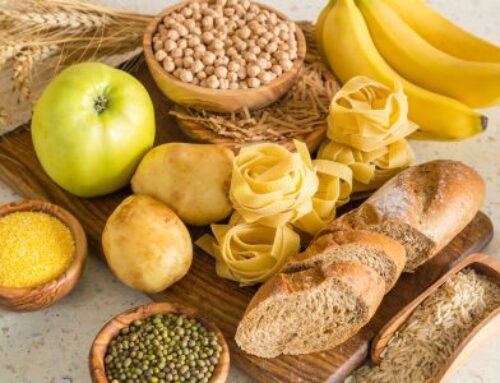
Gluten free, wheat free – it’s the same thing, right? Um no.
Even though the terms ‘gluten free’ and ‘wheat free’ are often used interchangeably, they are not the same thing!
According to the 2011-2012 Australian Health Survey, 17% or 3.7 million Australian’s aged 2 years and over, reported avoiding a food due to an allergy or intolerance. The most common type of food avoided from the survey was dairy (4.5%) followed by gluten (2.5%). This probably isn’t surprising considering the variety of gluten free foods and alternatives available at restaurant’s and cafes. In a recent study it was estimated that the business for food products with ‘gluten free’ labelling is approximately worth $1 billion, with sales continuing to rise!
It seems that gluten free and wheat free diets are commonly accepted and embraced. It is even argued gluten and wheat free diets are linked to fad diets and weight loss. However, whether you are wanting to follow a new popular diet, or are needing to avoid gluten and/or wheat for medical reasons: it is very important you know the difference between the two!
Wheat
Wheat is a commonly consumed cereal grain and is composed mainly of: carbohydrates (starch) and proteins (gluten, gliadin, glutenin, albumin). The wheat kernel itself is broken down into layers including:
The Endosperm: source of white flour – contains gluten, vitamins and minerals.
Bran: contains dietary fibre (starch), vitamins, minerals and phytochemicals.
Germ: often separated from the endosperm during the milling process.
Wheat is found in all purpose flour, breads, couscous, spelt, kamut, noodles and seitan to name a few. Sources of wheat can sometimes be hidden in the form of: artificial flavourings, caramel, dextrin, food starch, glucose syrup, maltodextrin, textured vegetable protein and vegetable gum.
Bottom line:
1. Wheat is a ‘whole’ food providing many important vitamins and minerals.
2. A wheat free diet = avoidance of wheat containing grains, also allows for gluten products from wheat free sources.
Gluten
Gluten is a protein found in wheat, rye and barely. Gluten proteins are located almost exclusively in the endosperm of grains and contribute to almost 80% of the total grain proteins. Gluten is an elastic protein made up of: gliadin and glutenin proteins.
While gluten is found in wheat, rye and barely, it can also be added into food products. Thus, not all sources of gluten come from wheat. Reading nutrition labels and identifying hidden sources of gluten is extremely important. Especially, if you are avoiding gluten for medical reasons!
Bottom line:
1. Gluten is the protein (or nutrient) found in wheat.
2. A food can be naturally gluten free but still contain other gluten containing ingredients, for example, malt.
List of gluten and wheat free foods:
- Amaranth
- Arrowroot
- Beans & legumes
- Buckwheat
- Corn
- Cassava
- Dairy and alternatives
- Fruits & Vegetables
- Flax
- Meat, poultry, seafood and alternatives (soy)
- Millet
- Nut flours
- Nuts and seeds
- Potato flour
- Quinoa
- Rice
- Sorghum
- Tapioca
- Teff
Unlikely foods to watch out for (may contain sources of wheat and gluten)
- Baking powered
- Beer
- Breadcrumbs
- Curry powders
- Farina
- Gravy
- Instant hot drinks
- Liquorice
- Mustard
- Quorn
- Ready made meals
- Salad dressings
- Sauces
- Stock cubes and mixes
Gluten and wheat free recipes to try:
- Omelette: This recipe is packed with protein, flavour and veg.
- Feta, Walnut and Grape Salad: This is a fun and fresh salad that the whole family will enjoy.
- Fish and Chips: Another family favourite recipe.
- Chicken and White Bean Parcels: This is easy and simply delicious.
Tips and meal ideas:
- Learn how to read a nutrition label. This is the key to identify hidden sources of gluten and wheat in products.
- Remember there are many naturally gluten and wheat free containing foods. Aim to incorporate nutritious whole foods like: fruits, vegetables, meat, poultry, seafood and and alternatives into your daily diet.
- There are naturally nutritious (and delicious) gluten and wheat free grains. You can use alternatives including quinoa, amaranth, corn, rice, millet and tapioca to name a few.
- Be creative in the kitchen. Make alterations to your favourite meals by substituting with gluten and wheat free products. There is no need to ‘re-invent the wheel’!



